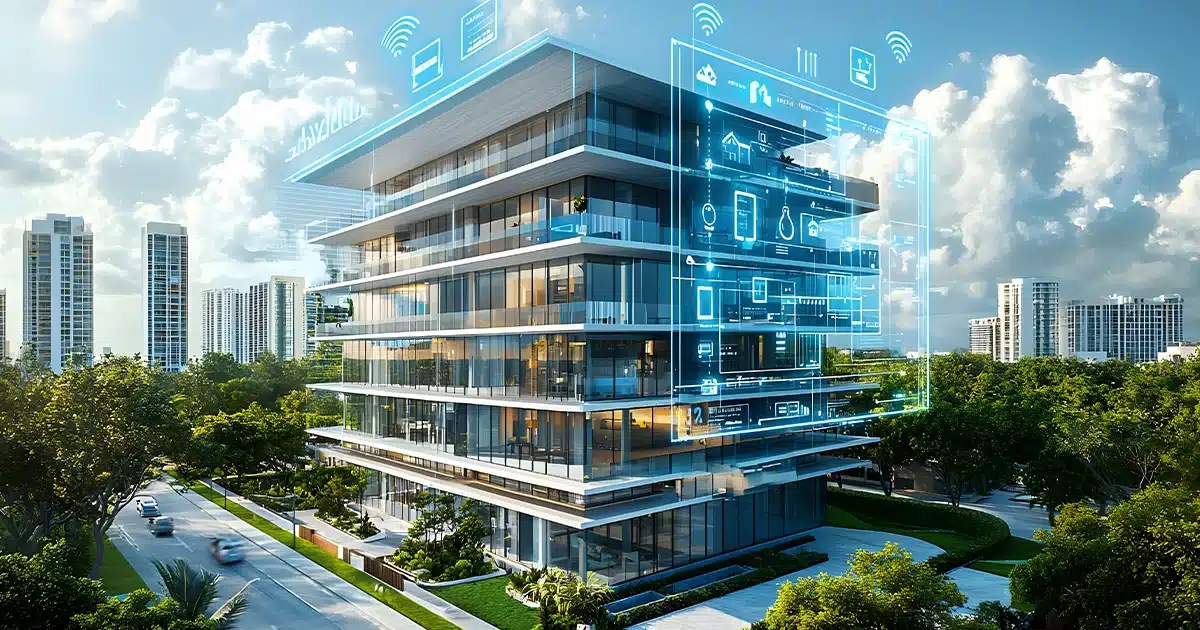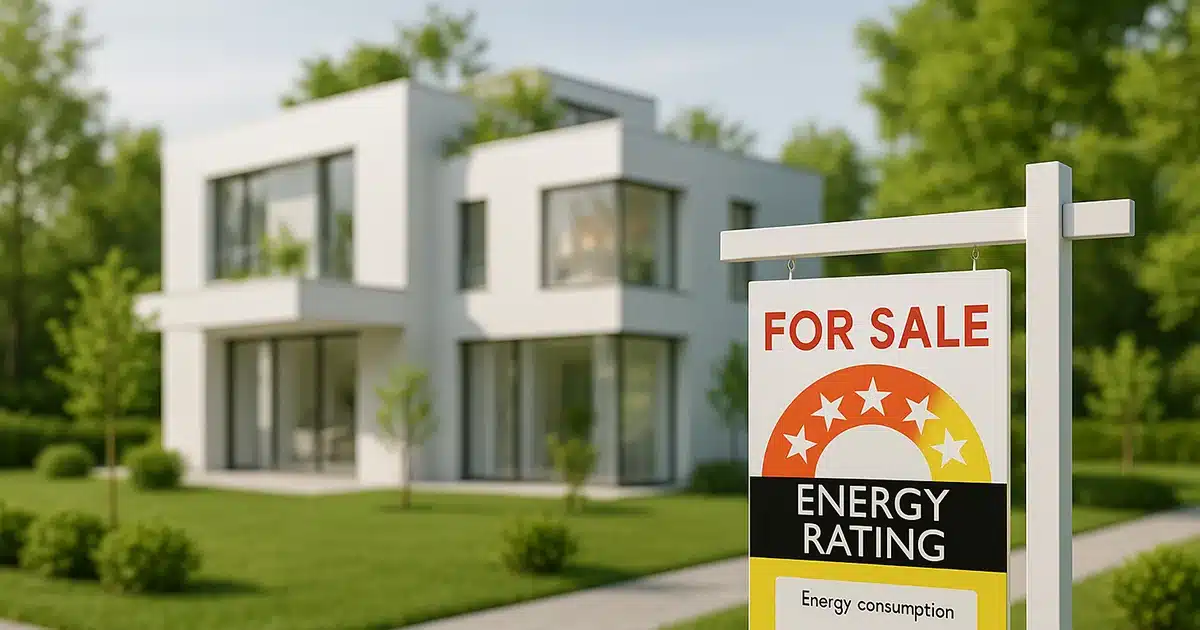Across Australia, the push for sustainable building design is reshaping the way projects are planned, delivered and assessed. With growing expectations from regulators, clients, and communities, builders and architects are under pressure to design smarter – and greener. Here’s where data-driven design tools, like energy modelling, can deliver lasting value.
Energy modelling enables project teams to simulate how buildings will perform before construction begins. With capabilities such as predicting energy use and carbon emissions, and improving thermal comfort, energy modelling can turn sustainability goals into measurable outcomes.
For building professionals, it offers a practical pathway to balance compliance, performance and cost – all while supporting Australia’s transition to more eco-friendly architecture. In a competitive landscape, it’s becoming an essential step in delivering buildings that work better for people and the planet.
What is Energy Modelling?
Energy modelling is the process of digitally simulating a building’s energy performance, using specialist software. It draws on inputs such as location, climate data, building orientation, construction materials, HVAC systems and occupant behaviour to forecast key outcomes.
These outcomes may include predicted energy consumption, carbon emissions, thermal comfort and cost-effectiveness across different design options. By testing various scenarios early in the design phase, energy modelling enables more informed, sustainable decision making.
It’s a valuable tool for anyone committed to sustainable building design and eco-friendly architecture, as it offers insights that help optimise performance, support compliance requirements and achieve long-term operational savings.
Why Energy Modelling Matters in Sustainable Building Design?
Energy modelling brings measurable value to sustainable building design from both a compliance perspective, and in shaping smarter decisions that drive long-term performance.
Informing Decision-Making in Early Design
In the push toward green building design, early-stage decisions have a lasting impact. That’s why energy modelling plays such a crucial role – it brings clarity to the design process and empowers teams to make smarter, sustainability-led choices from day one.
Identifying Cost-Effective Upgrades
By modelling various design options, builders and architects can evaluate how factors like building orientation, glazing and HVAC systems influence a building’s energy use and thermal comfort. This enables cost-effective upgrades to be identified early (when they’re easiest to implement), rather than retrofitting later.
Supporting Net-Zero, NABERS, BEEC and Green Star ratings
Importantly, energy modelling also supports alignment with key sustainability benchmarks, including net-zero goals, NABERS, BEEC and Green Star ratings. For clients targeting certifications or long-term energy savings, these insights are invaluable.
Enhancing Thermal Comfort and Lowering Lifecycle Emissions
Beyond meeting benchmarks, energy modelling directly contributes to better performance outcomes, such as enhanced comfort for occupants, reduced operational costs and lower lifecycle emissions.
In short, it turns sustainability in building design and construction from an abstract goal into something tangible and measurable, helping design teams deliver buildings that both support compliance, and are future-ready.
Practical Applications of Energy Modelling in Australia
In real-world projects across Australia, energy modelling is increasingly being used to guide both new builds and major refurbishments.
Concept Design Stage
At the concept design stage, it helps design teams test and refine ideas before locking in key decisions – a crucial step in improving performance without driving up costs.
Section J Compliance and J1V3 Assessments
For commercial buildings, energy modelling supports Section J compliance and can be used in J1V3 assessments to explore more flexible, performance-based pathways.
Green Star Certification Modelling
It’s also a key requirement for Green Star certification, where it demonstrates how a design meets energy and emissions targets.
Retrofitting Existing Buildings
Energy modelling is equally valuable in major refurbishments, guiding retrofit projects aimed at meeting modern standards for comfort, emissions and efficiency, often with strong ROI.
Energy Modelling Tools and Techniques
A range of specialist software tools are used in energy modelling across Australian building projects, each suited to different building types and project goals. You may like to consider tools such as:
- IES VE and DesignBuilder – widely used for commercial and residential buildings, these offer whole building energy simulation and analysis capabilities, with a wide range of assessment types, including energy efficiency, comfort ventilation, HVAC performance and optimisation.
- eQuest – a popular, free tool that can be used at every stage of the building development process, from early designs to final stages.
- FirstRate5 – a strong choice for residential projects, particularly in Victoria. This tool aligns with NatHERS thermal performance assessments.
- J1V3 modelling – a common assessment method for commercial buildings in Australia, J1V3 utilises energy modelling to demonstrate compliance with NCC (National Construction Code) energy efficiency requirements. Tools such as IES VE and DesignBuilder are commonly used to perform these simulations.
Regardless of tools or techniques, results can depend on how the model is built and interpreted. That’s why it’s critical to engage a skilled consultant who understands local codes, regulations, climate zones and modelling standards, to confirm outputs are reliable and support compliance.
Overcoming Barriers
While the benefits of energy modelling are well established, some project teams still face barriers to adopting it early, sometimes due to misconceptions or pressures in fast-paced builds.
Cost and Return on Investment
Energy modelling is sometimes seen as an added cost, but when used early, it can unlock design efficiencies that reduce both CAPEX and operational costs – delivering a strong return on investment.
Complexity and Expertise
It’s a specialised process, but not one you have to navigate alone. Working with a skilled consultant can support you in achieving accurate, code-compliant outcomes tailored to your project.
Design Timeline Pressures
Involving modelling early can help integrate performance insights into the design process, rather than retrofitting changes under time pressures.
Misunderstanding Its Value
Some teams delay modelling until compliance is needed. In reality, its greatest value lies in early-stage decision-making and aligning with long-term goals, like Green Star or net-zero.
How Energy Modelling Supports Broader Sustainability Goals
Beyond individual buildings, energy modelling plays a vital role in shaping a more sustainable built environment. It supports a wide range of outcomes, including national policy goals, through to day-to-day performance improvements in commercial and multi-residential developments.
Meeting National Emissions Targets
Accurate modelling helps reduce operational energy use and carbon emissions, which are key to achieving Australia’s emissions reduction commitments.
Enabling ESG Action
For developers and asset owners, energy modelling provides the data needed to back ESG (environmental, social and governance) strategies with measurable performance metrics.
Supporting Health and Wellbeing
By improving thermal comfort, ventilation and daylight access, modelling contributes to occupant health, productivity and overall wellbeing.
Reducing Costs and Building Resilience
Energy-efficient designs lower long-term operational costs and improve resilience to energy price fluctuations and climate extremes.
Contributing to Smarter Cities
Energy modelling underpins the design of more adaptive, future-ready buildings, supporting the shift toward smarter, low-carbon cities.
From high-rise residential projects to commercial precincts, energy modelling offers a scalable way to align performance with purpose – delivering both environmental and economic value.
Final Thoughts
Energy modelling is both an important compliance exercise, and a powerful design tool that helps create buildings that perform better, cost less to run and support long-term sustainability goals. By making informed decisions early, project teams can improve energy efficiency, enhance occupant comfort and align with regulatory/certification requirements with confidence.
To get the most value from energy modelling in your next project, consider partnering with experienced consultants who understand the local climate, codes and construction realities.
Motivated to achieve more in your next project? Get in touch with Application Solutions for expert energy modelling, J1V3 assessments and guidance on delivering more sustainable, cost-effective buildings.




